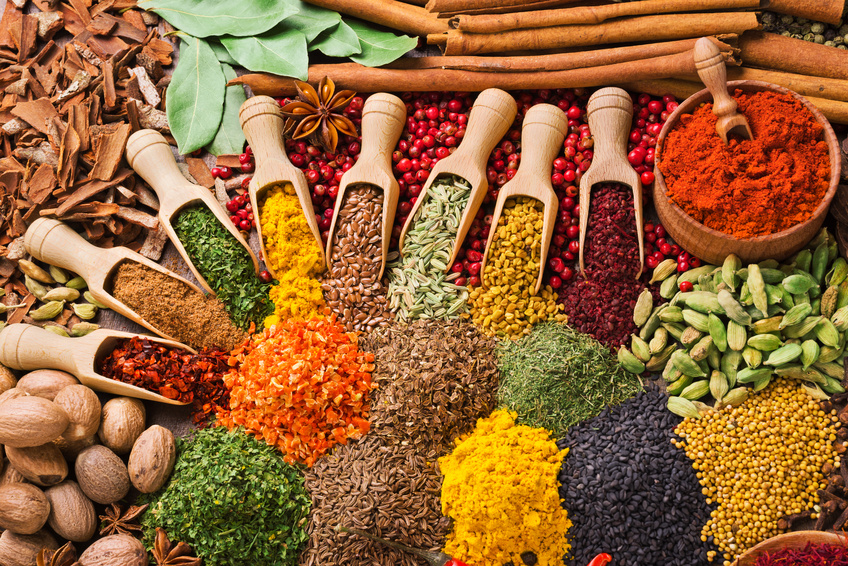
Restaurants, Supermarkets, Gardens: The Path To Your Plate
Where Our Food Supply Comes From and Why It Matters
Food is love, truth or fiction? While health and wellness authorities always claim that eating a balanced diet is one of the influencing factors of living a healthy life, it may do more than that. A study showed that adolescents age 10 to 14 that ate a ‘junk-food’ heavy diet were 79% more likely to suffer from depression. So food can certainly cause substantial cognitive repercussions. The question is — where are we getting our food, and does it matter?
Where Our Food Comes From
There are many naturalists out there who would love it if we ate only locally grown produce. The issue with this is both distribution and knowledge. Though optimists in the sustainability initiative advocate a decentralized food supply system, certain obstacles are in place. To access the different foods American citizens have grown accustomed to, we need to import from large farms overseas and across large land barriers. In order to do so, we are dependant on cost-efficient farms that can produce in bulk. These super-farms prop up the restaurant industry, supermarkets, and seeds for private gardens, the three basic sources of food.
-
Restaurants
There are over a million restaurants in the U.S. alone, employing nearly 15 million people, a shocking 10% of the American workforce. Our culture loves a fancy dinner during a night out on the town, but what is in the food you’re eating? Though nutritional information must be provided at chain restaurants with over 20 locations, that information fails to account for both where the food came from and other eateries with fewer than 20 locations. The truth is, going out to eat mostly leaves you in the dark about what goes into your gut.
-
Grocery Stores
One of the luxuries of post-agricultural revolution life is the ability to pop out to the store and come back with chicken, beans, rice, an electric toothbrush, and sinfully decadent candy bars. With all of the convenience, however, Harvard Business Review reports estimates that anywhere between a third and half of the worldwide food produced is wasted. This, coupled with transportation costs in fuel and logistics, reveals a less than efficient industry after all. That’s without even mentioning how plastic bags people use to carry groceries are on average used for only 25 minutes, then thrown away and dumped in landfill or ocean.
Okay, so maybe the current food industry isn’t so great after all. At least you can get fresh produce from the supermarket, leading to the desired outcome of eating a meal that makes you feel good, right?
-
Gardens
Even though pesticides still reside on grocery store fruits and vegetables, the EPA assures us that the trace amounts cannot harm people. In highly concentrated environments, such as superfarms, studies show a laundry list of lasting health risks. In your own private garden, where you can elect not to spray your crops, you will not have such a problem.
You will, however, need a lot of equipment to get started. Gloves, shovels, seeds, a hose (which should last five to 10 years), a chicken wire fence, and countless other items. The amount of work you’d need to expend to get one batch of tomatoes, plus the cost of all the materials, make private gardens prohibitively difficult for those who aren’t passionate about things that grow.
Herein lies the problem. Society as we know it is constructed around the principle that each person fills a niche role. Unfortunately, or fortunately, depending on how you perceive it, each niche is so thoroughly carved out that the barriers to entry for hobbyists are too high. If you want to supply organic food at a national, or even state level, your costs will be much higher than pesticide farms. This is because organic farms are much more susceptible to crop damage from insects and predators. The food industry manages to somehow simultaneously be very cost efficient and incredibly wasteful.
This might not answer questions about which food to eat if you want to live a happier life, but it certainly does reveal one or two things about the issues plaguing our global food supply. From filet mignon and asparagus on a New York City rooftop to a down-home free-range omelet with organic peppers, food is love. Just know where it comes from next time you take a bite.
Be sure to subscribe to my blog for an update when a new post is live!
Let’s connect!